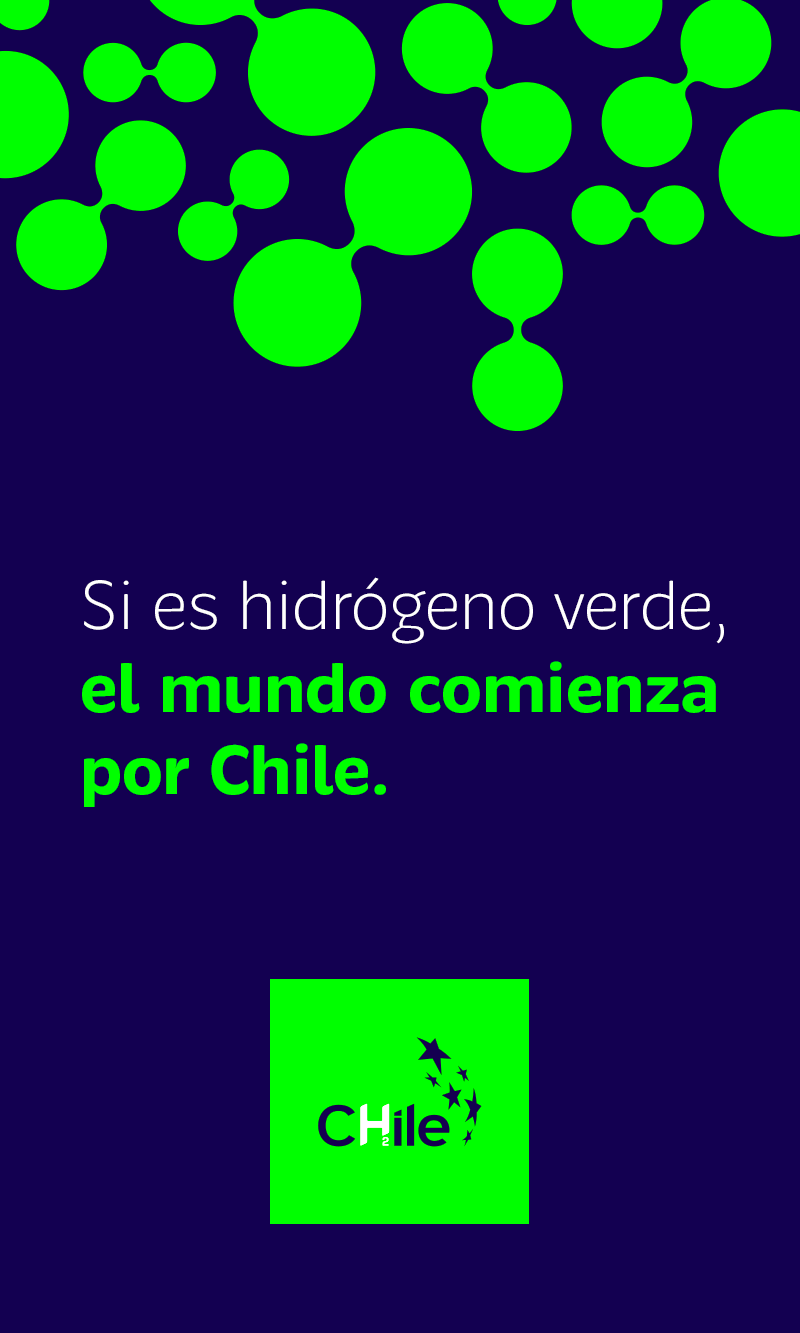
A group of international journalists visited the driest desert in the world, in the Antofagasta Region, to learn about the winemaking process carried out by indigenous communities at the highest vineyards in Chile, and to hear from the director of ALMA about the major findings and challenges faced by the observatory during its first decade of operation.
Forty kilometers from San Pedro de Atacama, in northern Chile, a unique wine is produced: the highest wine in the country, made by indigenous members of the Lickanantay campesino cooperative of Toconao, in the Antofagasta Region. A group of international journalists travelled there with Fundación Imagen de Chile to meet some of the small-scale producers, including Cecilia Cruz, Héctor Espíndola and Samuel Varas. These Atacama winemakers cultivate vines at between 2,400 and 3,600 meters above sea level, in the driest desert in the world, to produce Ayllu wines. Since 2017, these wines have been delighting consumers across Chile and the cooperative soon hopes to export them.
Last year, two Ayllu wines were awarded gold medals at the World Extreme Wine Competition 2021, held annually in Valle d’Aosta, Italy. The award-winning wines were Ayllu Moscatel Dulce 2020 and Ayllu Naranja 2020, also made from Muscat grapes. During the press trip, the Ayllu vineyard’s winemaker, Fabián Muñoz, explained why the color, body and flavor of these wines are so special.

The driest desert in the world is also home to the clearest skies on the planet. For this reason, very close to Toconao, where these wines are produced, the most advanced discoveries in astronomy are also being made.
Located at 5,000 meters above sea level, on the Chajnantor plain (which means ‘launch site’ in the Atacama kunza language), the ALMA observatory (Atacama Large Millimeter/submillimeter Array) is the largest radio telescope in the world, and the largest instrument ever built for astronomy. ALMA captures light invisible to the naked eye, emitted by the universe in long waves, which represent a fraction of the electromagnetic spectrum. This allows for research that is fundamental to an understanding of the formation of stars and planets, which cannot be obtained with optical telescopes.
On their visit, the international press were able to talk with ALMA Director Sean Dougherty, who described the latest advances, such as the first photograph of the black hole at the center of the Milky Way, made public only a few days before, and the challenges facing the observatory since it initiated operations a decade ago.





